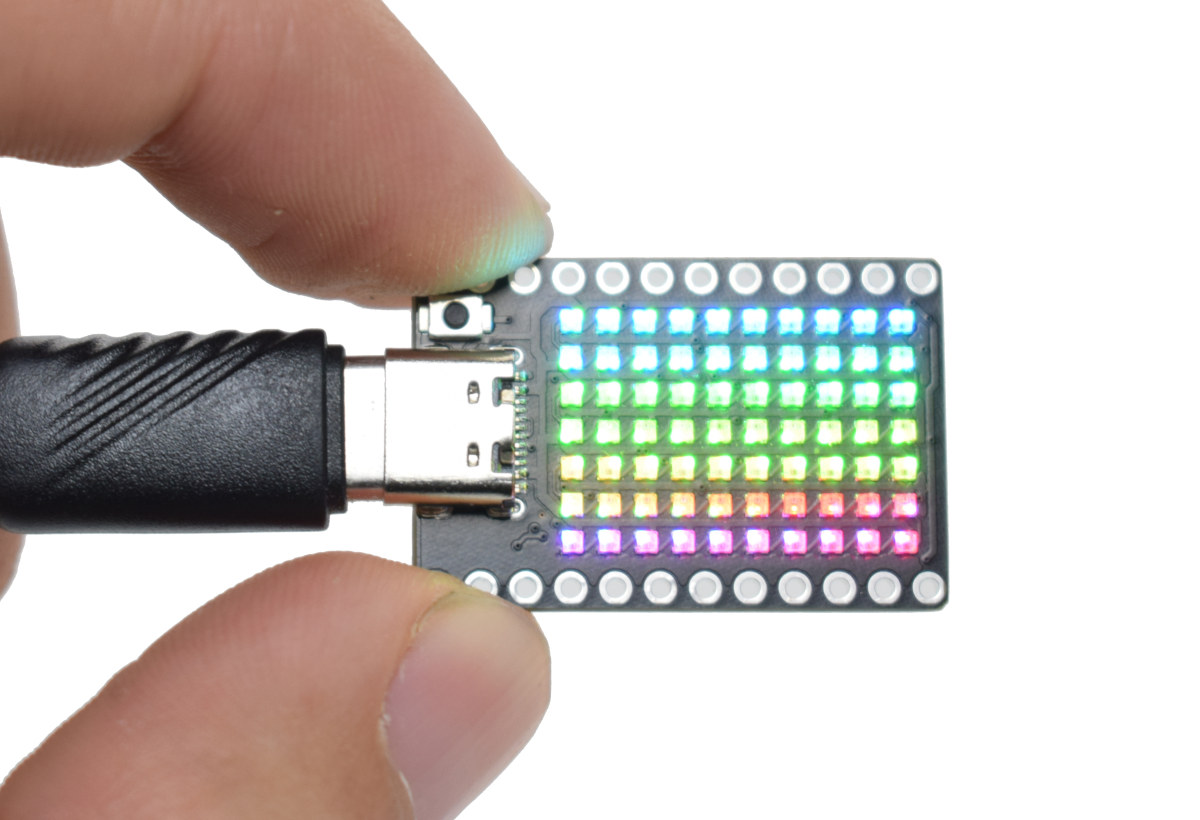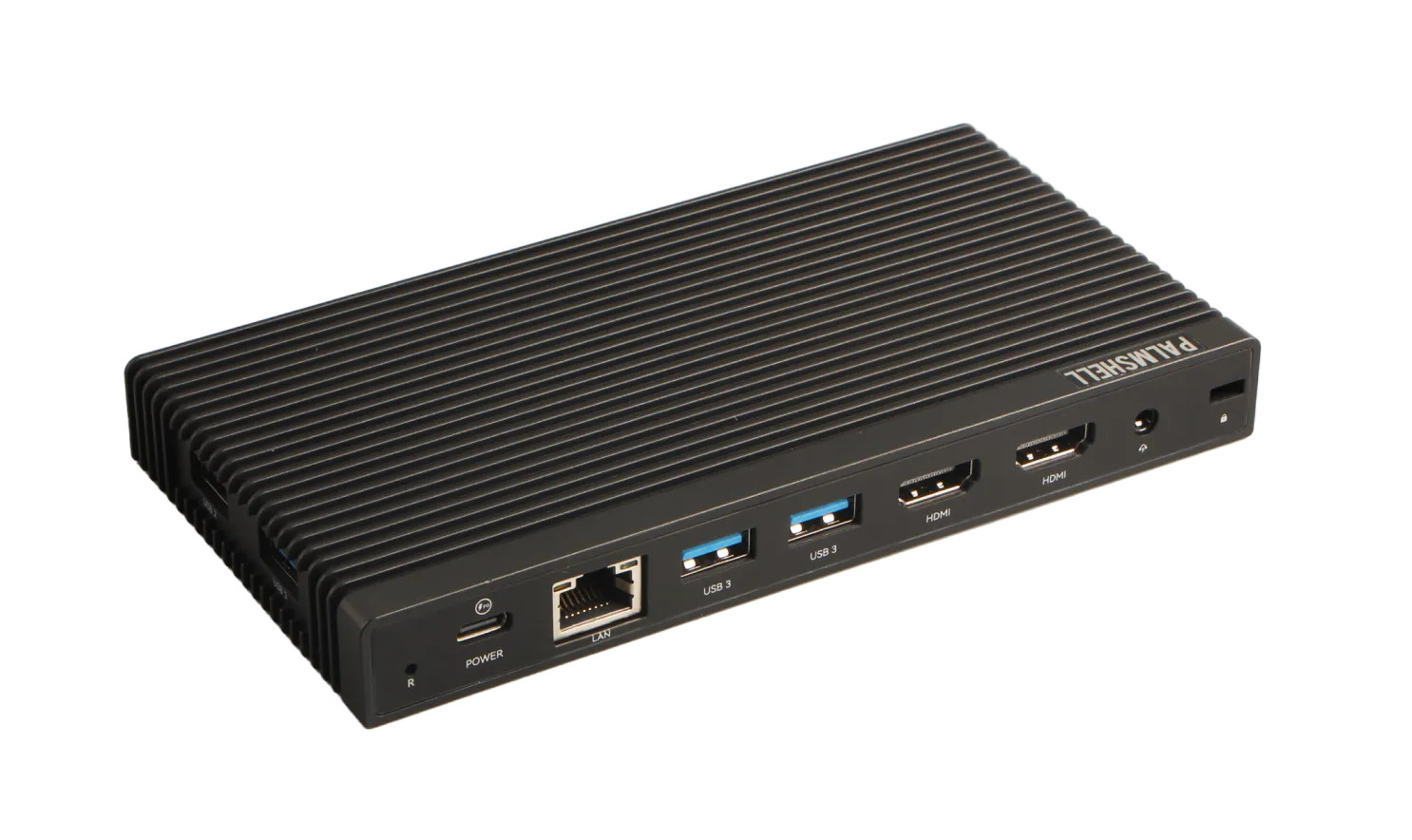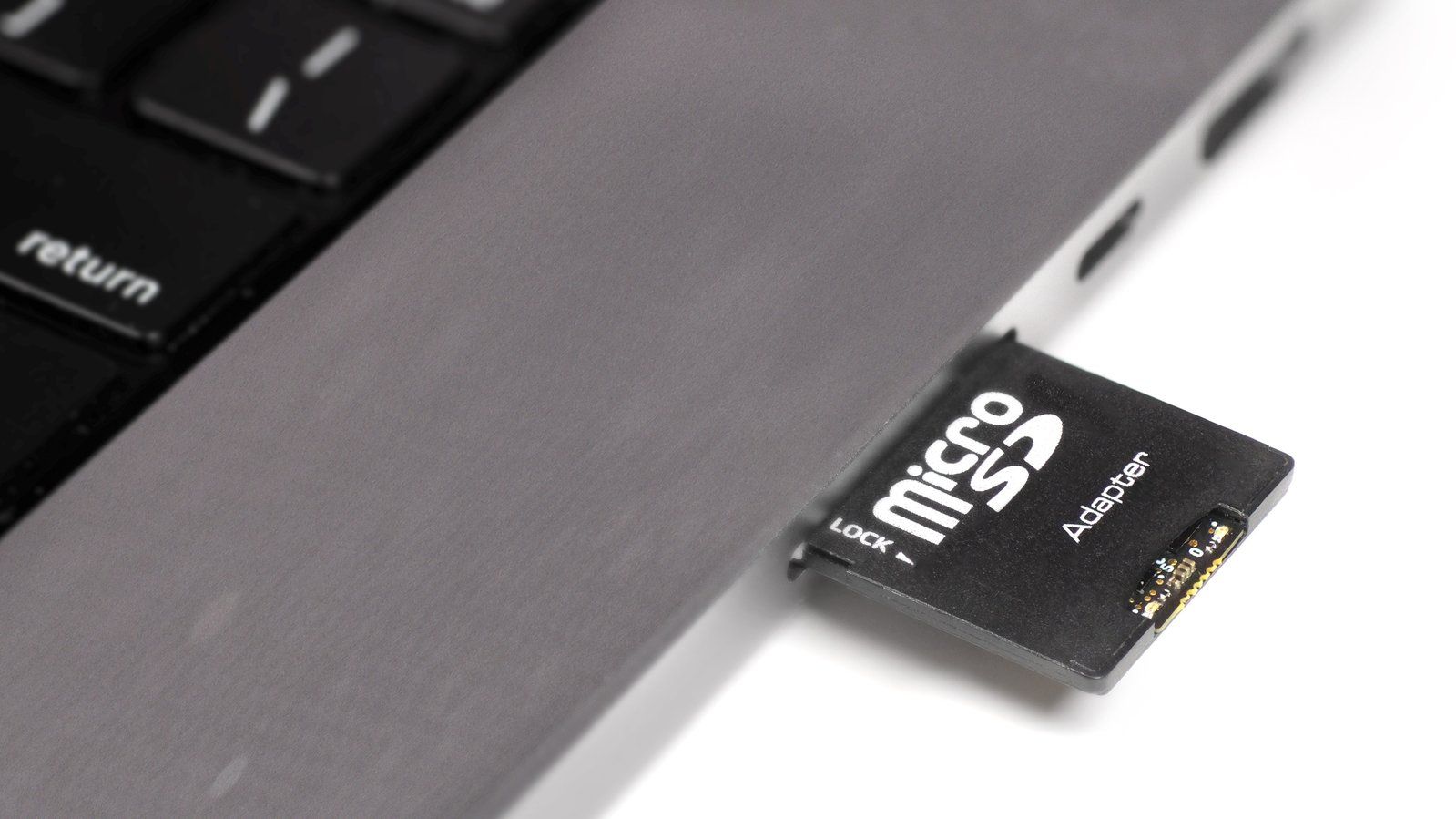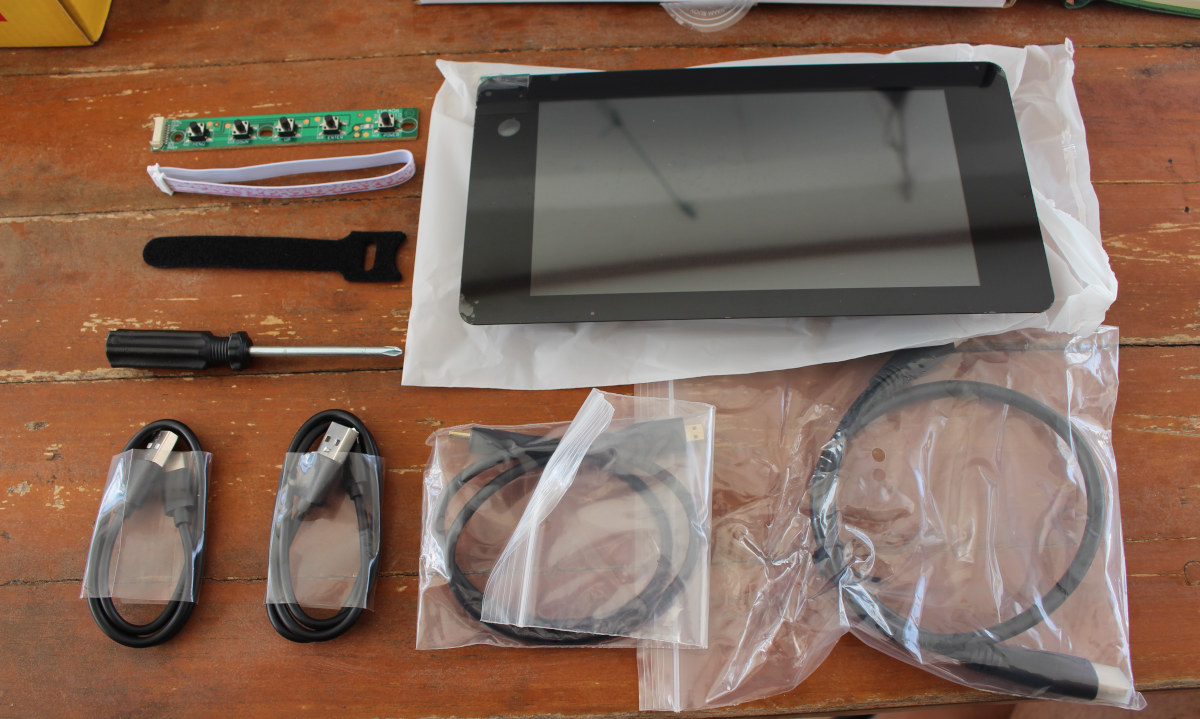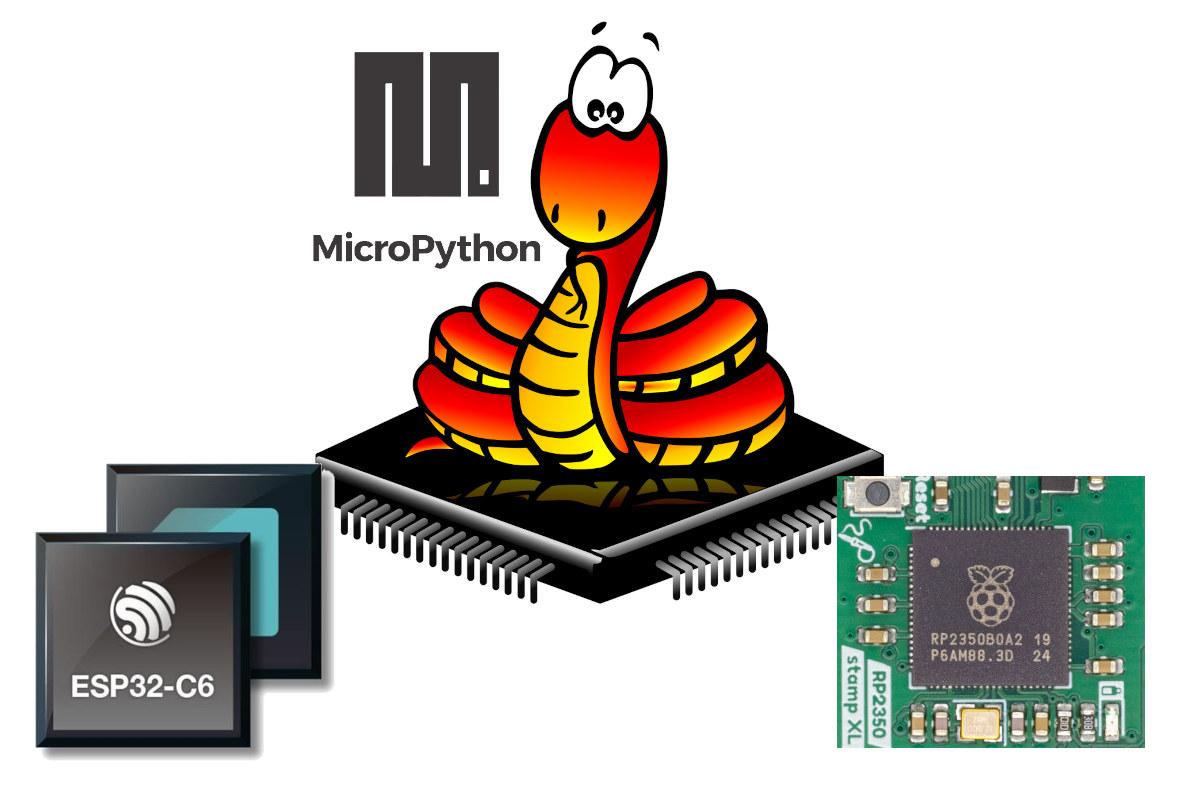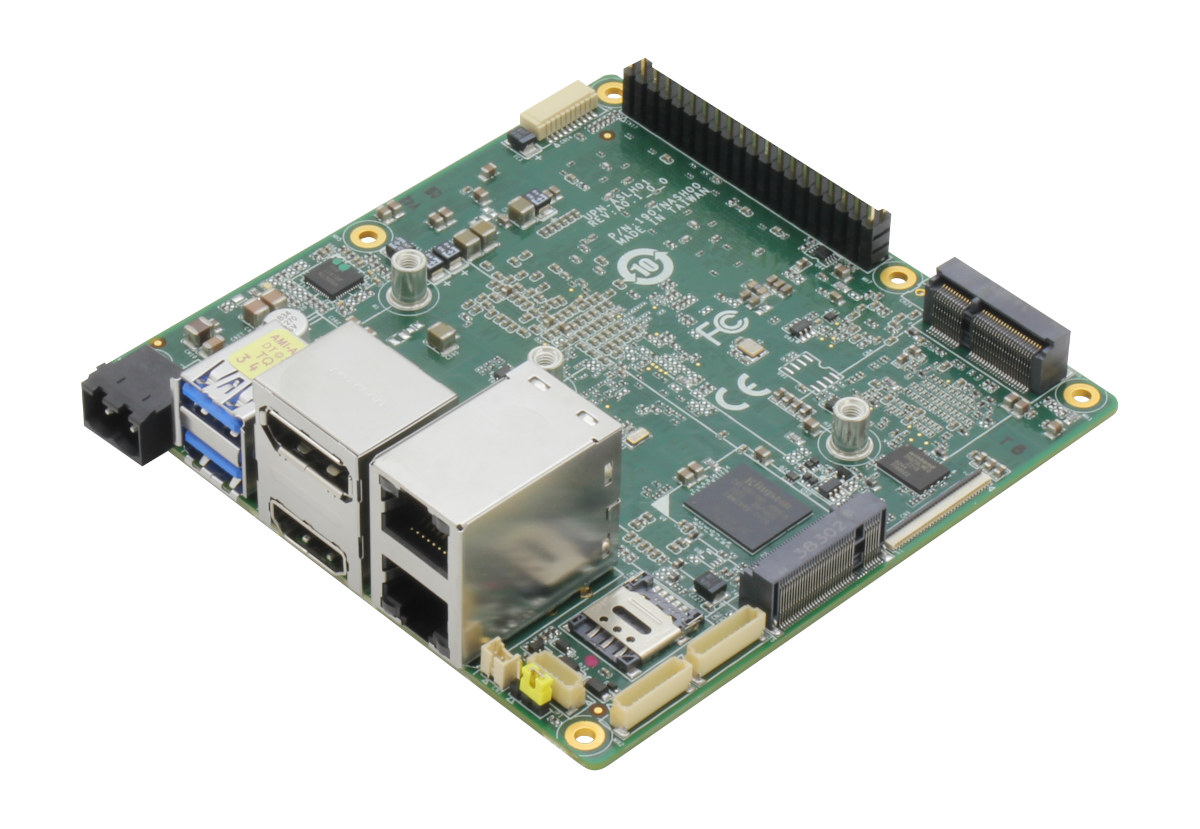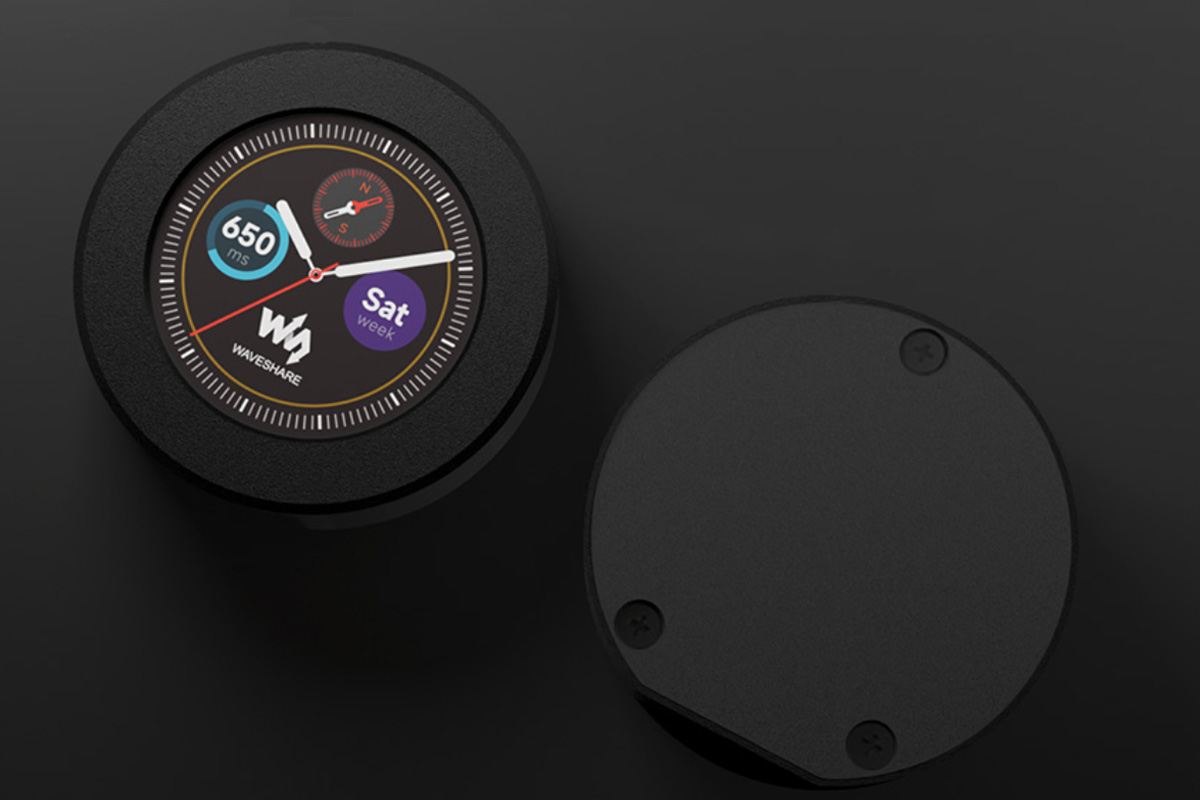Vcc Labs’ Nova is a tiny, open-source hardware Raspberry Pi RP2040 development board with a USB-C port, a 70 (7×10) addressable RGB LED matrix, and two 12-pin GPIO headers for expansion. It can be used for wearables, mini-displays, interactive art, fun games, and more. Nova specifications: MCU – Raspberry Pi RP2040 dual-core Cortex-M0+ microcontroller @ up to 133 MHz with 264KB SRAM Storage – 2MB QSPI flash “Display” – 7×10 WS2812 addressable RGB LEDs, each measuring just 1x1mm USB – USB Type-C port for power, data, and programming Expansion – 2x 12-pin header with 20x GPIO, 2x SPI, 2x I2C, 2x UART, 4x ADC, Vin, 5V, 3.3V, and GND Misc – Reset and BOOT buttons Power Supply 5V via USB-C port 7V to 18V via Vin pin Power consumption – 9 Watts with all LEDs at full brightness Dimensions – 30.48 x 20.32 mm (PCB only) Weight – 4.76 grams […]
Palmshell SLiM X4L is a low-cost, ultrathin mini PC based on Intel N100 Alder Lake-N SoC
Radxa Palmshell SLiM X4L is a low-cost, ultrathin mini PC powered by an Intel N100 Alder Lake-N SoC, equipped with 8GB to 32GB LPDDR5 RAM and a 128GB to 1TB NVMe SSD, and with a design that somewhat reminds me of the MeLE Quieter4C fanless mini PC. It’s also an update of the Palmshell SLiM X2L based on the Radxa X2L SBC powered by an Intel Celeron J4125 quad-core Gemini Lake Refresh processor and the X4L features the exact same port layout with two USB ports on the side, a USB-C port for power, a low-profile Ethernet RJ45 port, two more USB 3.2 Type-A ports on the rear panel, two HDMI outputs, a 3.5mm headphone jack, and a Kensington lock. Palmshell SLiM X4L specifications: SoC – Intel Processor N100 CPU – Quad-core Alder Lake-N processor @ up to 3.4 GHz (Turbo) GPU – 24EU Intel HD Graphics @ up to […]
Signaloid C0-microSD is an iCE40UP5K FPGA SoM in the microSD card form factor (Crowdfunding)
Cambridge-based hardware and cloud computing company, Signaloid has begun crowdfunding for the C0-microSD – a tiny, programmable iCE40UP5K FPGA system-on-module (SoM) in a microSD card form factor. It comes preloaded with a RISC-V softcore and users can also load custom FPGA designs onto the board. Part of the Signaloid C0-microSD’s unique appeal is its SD card form factor, which allows it to fit in unused full SD or microSD slots. This allows the implementation of FPGA-based hardware acceleration in systems without traditional expansion interfaces like PCIe M.2 slots. It can also be interfaced with as a standard SD block device and used to bring hardware-accelerated data processing to existing industrial automation, manufacturing, and robotics systems. The iCE40UP5K FPGA SoM has two main use cases: a hot-pluggable FPGA module or a hot-pluggable RISC-V co-processor module. The SD interface allows you to load custom FPGA bitstreams and applications onto the module from […]
Giveaway Week 2024 – Elecrow 7-inch CrowVision touchscreen display for Raspberry Pi and other SBCs
It’s already day 6 of CNX Software’s Giveaway Week 2024, and the prize is the Elecrow 7-inch CrowVision touchscreen display designed for Raspberry Pi boards and other single board computers (SBC). Elecrow sent us a sample of the touchscreen display last year to review “whenever we have time”. But it turns out that finding time is tricky, so instead of getting it to waste, I decided to give it away to one lucky reader of CNX Software. Elecrow CrowVision 7-inch display specifications: Type – 7-inch IPS display Resolution – 1024×600 Multitouch – 5-point capacitive touchscreen Viewing angle – 178° Video Input – Mini HDMI connector USB – Micro USB port for touchscreen function Audio 3.5mm audio jack for headphones Speaker connector User input – Touchscreen and keypad interface for provided 5-key board Power Supply 12V/2A DC input via power barrel jack 5V DC output via USB Type-A port Dimensions – […]
Raspberry Pi Touch Display 2 with 1280×720 resolution, thinner design launched for $60
Raspberry Pi has launched the Touch Display 2, a 7-inch touchscreen RGB TFT display with 1280×720 designed to be connected to Raspberry Pi single board computers. It improves on the original Raspberry Pi Touch Display with a higher resolution (1280×720 vs 800×480) and a slimmer form factor thanks to the integration of the display driver PCB into the display enclosure itself. Raspberry Pi Touch Display 2 specifications Display Type – 7-inch 24-bit RGB TFT display Resolution 1280 x 720 resolution Touch panel – 5-point multi-touch capacitive touch panel Active area – 155 x 88 mm Backlight type – LED B/L Surface treatment – anti-glare Host interface – MIPI CSI connector with ribbon cable compatible with all Raspberry Pi boards except the Raspberry Pi Zero line Power Supply – 5V DC via 2-wire, 3-pin connected inserted into the 40-pin GPIO header Dimensions – 189.32 x 120.24mm The back of the display […]
MicroPython v1.24 release adds support for RP2350 and ESP32-C6 microcontrollers, various RISC-V improvements
MicroPython has become one of the most popular ways of programming microcontrollers, and the just-released MicroPython v1.24 adds support for the widely-used Raspberry Pi RP2350 and Espresif ESP32-C6 microcontrollers and a range of other changes. Those include improved RISC-V support with native code generation, an updated Zephyr v3.7.0 RTOS with threading support, unified TinyUSB bindings across ports, a portable UART IRQ API, and enhanced mpremote recursive copy. Damien George goes into more detail about the RISC-V improvements: … include an RV32IMC native code emitter, native NLR and GC register scanning implementations for 32- and 64-bit RISC-V, support for placing RV32IMC native code in .mpy files and also freezing it, and RISC-V semihosting support. Testing for RISC-V is done with the qemu and unix ports, and the support is utilised in the esp32 and rp2 ports. The Raspberry Pi RP2350 comes with both Arm Cortex-M33 and RISC-V cores, and the good […]
UP Squared Pro 710H SBC combines Alder Lake-N CPU with Hailo-8 AI accelerator for the machine vision market
AAEON UP Squared Pro 710H is a 4×4-inch SBC and developer board designed for machine vision applications with an Intel Processor N97 or Core i3-N305 Alder Lake-N CPU and a 26 TOPS Hailo-8 Edge AI processor. The single board computer supports up to two MIPI CSI cameras via a 61-pin connector and offers expansion capabilities through a 40-pin Raspberry Pi-compatible header and three M.2 sockets for 5G, Wi-Fi, and NVMe storage support. While it’s only designed to operate in the 0 to 60°C temperature range, it does have industrial features such as 12V to 36V DC input and two RS-232/422/485 connectors. UP Squared Pro 710H specifications: Alder Lake N-series SoC (one or the other) Intel Processor N97 quad-core processor up to 3.6 GHz with 6MB cache, 24EU Intel UHD Graphics Gen 12 @ 1.2 GHz; TDP: 12W Intel Core i3-N305 octa-core processor up to 3.8 GHz with 6MB cache, 32EU Intel […]
1.28-inch round color display features Raspberry Pi RP2350, motion sensor, GPIO headers, metal case
Waveshare has recently launched the RP2350-LCD-1.28, a Raspberry Pi RP2350-based 1.28-inch round color display module with 240×240 pixel resolution and a 65K-color IPS panel. This board also features a rechargeable Lithium battery manager, a 6-axis IMU with a 3-axis gyroscope and accelerometer, multiple GPIO pins, and a USB Type-C connector for programming and power. Additionally, it supports USB 1.1 host/device support, temperature sensor, and 24 PWM channels, all configured for flexible I/O options. These features make this device useful for IoT, wearable tech, and embedded applications. The company also provides an optional CNC metal casing that provides durability and heat dissipation for portable or rugged applications. We have previously covered similar development boards with a round display such as the RP2040-powered 0.99″ rounded display, the ESP32-S3 LCD Driver Board, the SB-Components has launched Dual Roundy, and others, but it’s the first to feature the RP2350 microcontroller. RP2350-LCD-1.28 specification: Microcontroller – Raspberry Pi […]


